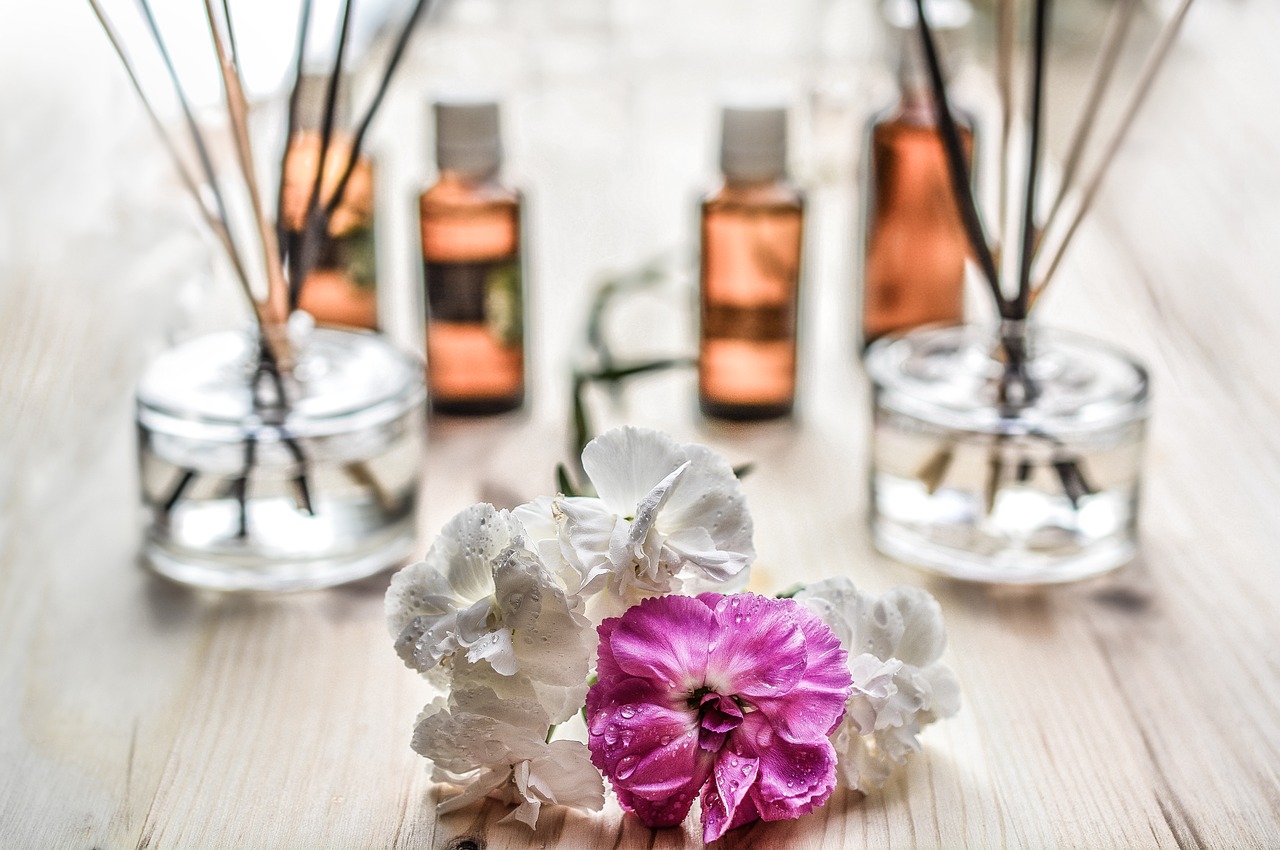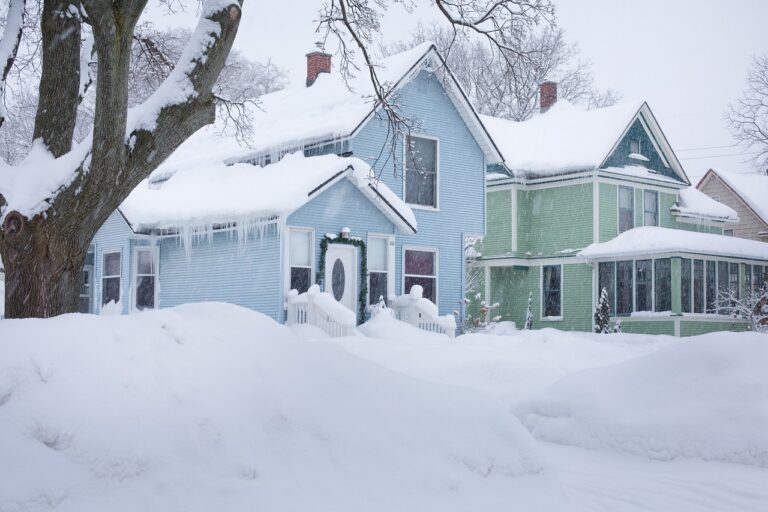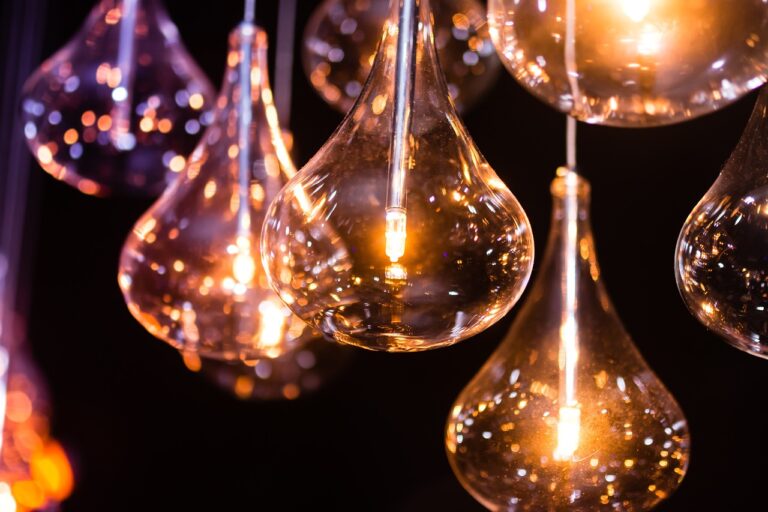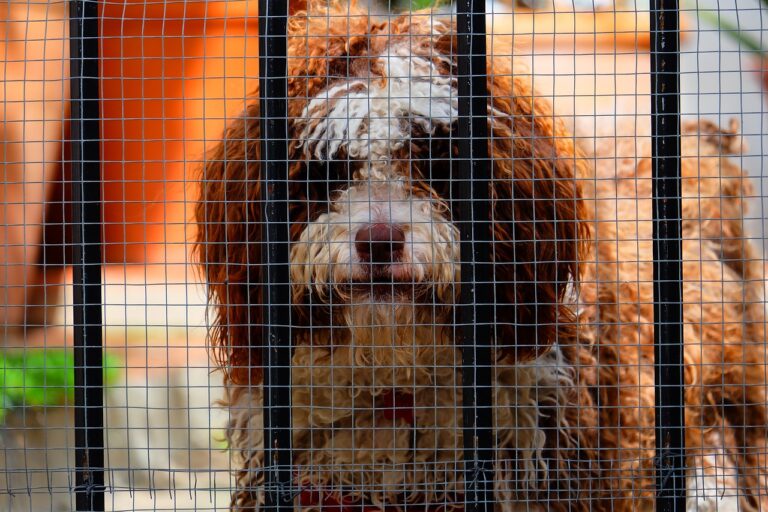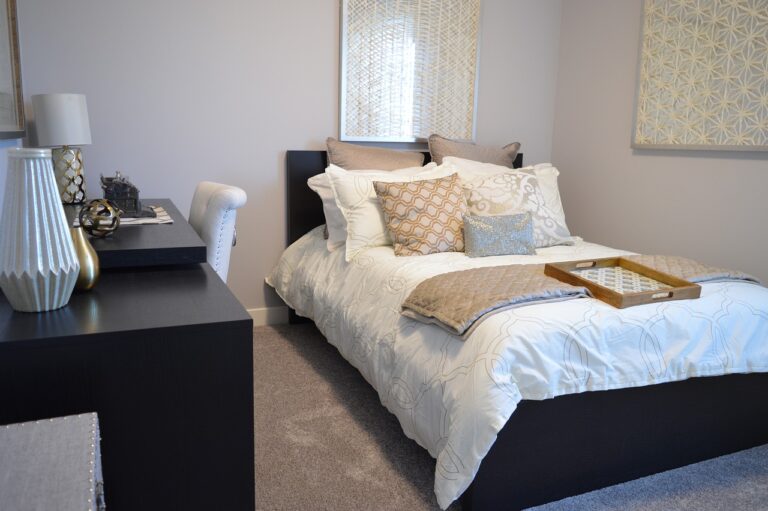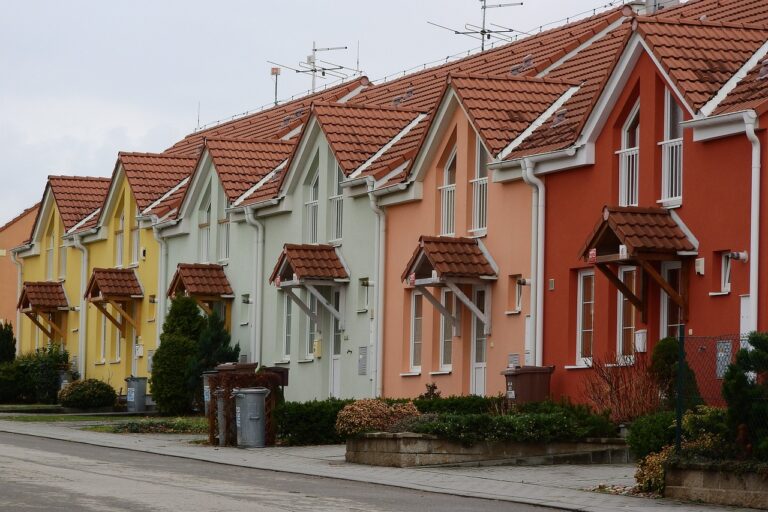The Impact of Green Roofs on Urban Sustainability
Green roofs are increasingly recognized for their numerous benefits in urban environments. One key advantage is their ability to regulate temperature, resulting in energy savings for buildings and reduced heat island effect in cities. By absorbing and reflecting sunlight, green roofs help keep buildings cooler during hot weather, reducing the need for air conditioning and lowering energy consumption.
Moreover, green roofs contribute to improved air quality by capturing pollutants and filtering out harmful particles from the atmosphere. The vegetation on green roofs acts as a natural air purifier, removing pollutants such as carbon dioxide and particulate matter. This not only benefits the immediate environment surrounding the building but also helps to mitigate the overall air pollution levels in urban areas.
• Green roofs regulate temperature, leading to energy savings and reduced heat island effect
• Absorb and reflect sunlight, keeping buildings cooler during hot weather
• Decrease the need for air conditioning and lower energy consumption
• Improve air quality by capturing pollutants and filtering harmful particles from the atmosphere
• Vegetation acts as a natural air purifier, removing pollutants like carbon dioxide and particulate matter
Reduced Urban Heat Island Effect
Green roofs have been recognized for their ability to mitigate the urban heat island effect. By covering urban buildings with vegetation, green roofs provide a natural cooling effect that can help reduce the elevated temperatures in urban areas. The plants on green roofs absorb sunlight and release moisture through evapotranspiration, making them an effective way to counteract the heat absorbed by buildings and pavement in cities.
Through their cooling properties, green roofs can help decrease the reliance on air conditioning during hot summer months, reducing energy consumption and greenhouse gas emissions. By lowering the overall temperature in urban environments, green roofs contribute to creating more comfortable living conditions for residents and mitigating the adverse health effects associated with extreme heat. Additionally, green roofs also play a role in reducing stormwater runoff and improving water quality, making them a sustainable solution for urban heat island mitigation.
Improved Air Quality
Green roofs have been shown to significantly contribute to the improvement of air quality in urban areas. By absorbing pollutants and airborne particles, green roofs act as a natural filter, reducing the levels of harmful substances in the air. This not only benefits the environment but also has a direct positive impact on the health of the residents in the vicinity.
Plants on green roofs play a crucial role in purifying the air by absorbing carbon dioxide and releasing oxygen through photosynthesis. This process helps to lower carbon emissions in densely populated areas, ultimately mitigating the effects of air pollution. Additionally, the presence of greenery on rooftops can also help in reducing the urban heat island effect, further enhancing the overall air quality of the surrounding areas.
What are the benefits of green roofs?
Green roofs provide numerous benefits such as reducing urban heat island effect, improving air quality, reducing energy costs, and providing habitats for wildlife.
How do green roofs contribute to improved air quality?
Green roofs help to improve air quality by filtering pollutants and capturing airborne particles. They also absorb carbon dioxide and produce oxygen through photosynthesis.
What is the urban heat island effect, and how do green roofs help reduce it?
The urban heat island effect is when urban areas experience higher temperatures than surrounding rural areas. Green roofs help reduce this effect by absorbing heat and providing a natural cooling effect through evapotranspiration.
How can improved air quality benefit residents in urban areas?
Improved air quality can benefit residents in urban areas by reducing the risk of respiratory illnesses, allergies, and other health issues associated with poor air quality. It can also create a more pleasant and comfortable living environment.
Are there any financial incentives for installing green roofs?
Some cities offer financial incentives, such as tax credits or grants, for installing green roofs as they provide environmental benefits and help mitigate the urban heat island effect. It is recommended to check with local government or environmental agencies for specific incentives in your area.

